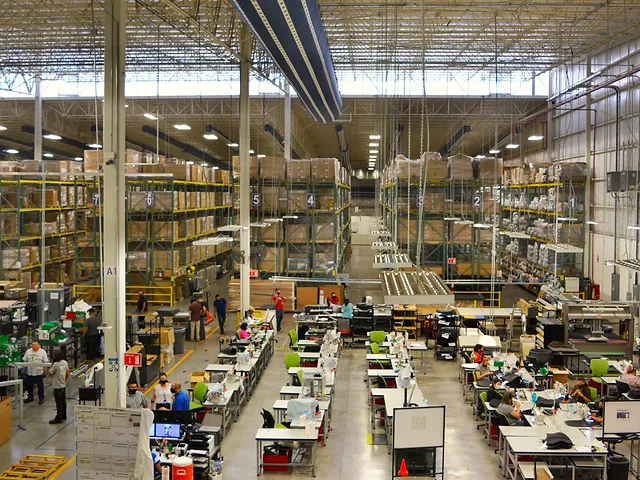Mexico is becoming a winner in the manufacturing sector as US supply chains separate from China.

Manufacturing in Mexico is appealing to businesses that wish to reduce their reliance on US-China commerce in the face of geopolitical instability or who suffered supply chain bottlenecks during the pandemic.
When businesses relocate their production facilities closer to their home markets, it’s referred to as nearshoring.
Alberto Ramos, head of Goldman Sachs’ Latin American economics research, believes that Mexico’s manufacturing industry has a chance for long-term success as nearshoring increases and global supply chains are rearranged.
According to Ramos, Mexico appears ready to overtake China in the US manufacturing industry, despite years of competition stemming from changing US-China ties.
In 2023, Mexico overtook China as the leading exporter to the United States. Manufacturing, which accounts for 40% of Mexico’s GDP, drove those exports, according to Morgan Stanley.
According to Commerce Department trade data issued on April 4, US imports from Mexico increased in February. In contrast, Chinese exports to the US decreased by 20% in 2023 over 2022.
Supply chains have in the past caused the US economy to be too dependent on the Chinese economy, US Trade Representative Katherine Tait told CNN’s Julia Chatterley.
Our task is to figure out how to make your economy and trade more resilient. We all feel quite vulnerable because of how trade has been going on right now, Tai added. Our supply chains have become so entwined and have concentrated the Chinese economy to such an extent that they are weak.
Chinese and American businesses both see promise in Mexican manufacturing amid changing geopolitics and rivalry. A possible boom is influenced by a number of reasons, including low labor costs, geographic proximity to American markets, and the US-Mexico-Canada (USMCA) pact, a free trade deal signed in 2020 that increases the efficiency and cost-effectiveness of commerce in North America.
